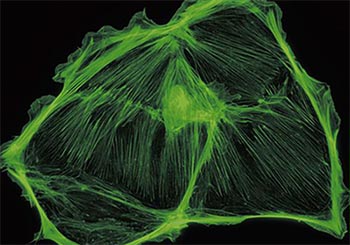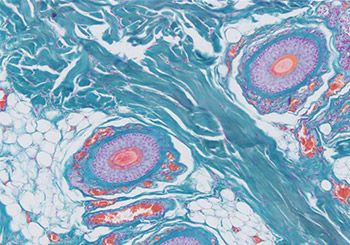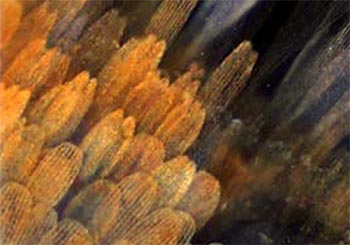Entomologie und Botanik
.jpg?rev=DB09)
 | Entomologie und BotanikStereomikroskope werden für diese Anwendung häufig eingesetzt. Daher eignen sich Kameras mit hoher Auflösung und einem großen Sehfeld. |
| DP75 | DP28 | DP23 | SC180 | |
|---|---|---|---|---|
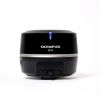 | 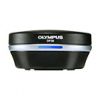 |  |  | |
Pixel size (μm) | 3,45 µm × 3,45 µm | 3,45 µm × 3,45 µm | 2,4 μm × 2,4 μm | 1,25 μm × 1,25 μm |
Number of pixels (MP) | 49.1 | 8.9 | 6.4 | 18 |
Image Sensor | 1.1 inch 12.37 megapixel color CMOS image sensor, global shutter | 1 in. color CMOS | 1/1.8 Zoll Farb-CMOS | 1/2,3 Zoll Farb-CMOS |
Frame rate (fps)
at max resolution
|
*1 Max. 22 fps bei 4096 × 3000 (volle Auflösung)
| Max.32 fps bei 4104 × 2174 (hohe Auflösung) | Max.45 fps bei 3088 × 2076 (hohe Auflösung) | 10,5 fps, 4912 Pixel × 3684 Pixel (4:3) |
Connector | USB 3.1 Gen2 (Type-A) | USB 3.1 Gen1 *2 | USB 3.1 Gen1 *2 | USB 3.0 |
Farbe |
|
|
|
|
|
|
|
| |
Remark |
*1 Die Bildfrequenz kann sich abhängig von der Konfiguration des PCs, der Monitorauflösung und/oder der Software verringern.
| Focus Peaking Technologie - manuelle Fokussierhilfe | Focus Peaking Technologie - manuelle Fokussierhilfe | Focus Peaking Technologie - manuelle Fokussierhilfe |
Angebot anfragen | DP75 | DP28 | DP23 | SC180 |
Specialty
|
4K
Live
|
Not Available in Your Country
Sorry, this page is not
available in your country.
Benötigen Sie bestimmte Kameraspezifikationen?Technische Angaben in unserer Kameraauswahl im Vergleich |
